
Optimizing Conversions: A Guide to Lead Distribution Software
 Updated on
Updated on
 By Robins Dorvil
By Robins Dorvil
Robins Dorvil
With over 7 years of experience in the insurance industry, 4+ years as an Account Executive at Ringy CRM, and 17 years as a Creative Real Estate Inves...
learn more
Robins Dorvil
With over 7 years of experience in the insurance industry, 4+ years as an Account Executive at Ringy CRM, and 17 years as a Creative Real Estate Inves...
Table of Contents
Table of Contents
How do you find and attract new customers to your business? Most organizations use a combination of organic search, social media, and advertising. Of course, there are also the more traditional methods, like word-of-mouth referrals.
No matter how you gather new leads, it’s important that they are treated properly—meaning that they should be qualified or scored and distributed to sales reps as soon as possible. After all, nobody likes waiting, especially when they are potentially interested in purchasing a product or service.
An often referred-to stat says leads should be contacted within the first five (5) minutes of them reaching out to you-which is often easier said than done, especially when you have hundreds of leads to sift through from your various outreach efforts.
Even if you aren’t working with hundreds of leads at a time, keeping incoming leads organized from different channels, including advertising, social media, and website form fill outs from organic searches or direct visits, can quickly become difficult.
That’s where lead distribution software comes in. In this article, we’ll explore more about what it is, how it works, the benefits of using it for your business, and how to choose the right solution for your needs.
What is Lead Distribution Software

Think of lead distribution tools like maps. The software routes, assigns, and distributes leads to the right sales reps based on the criteria that you set, and the sales rep’s skills and abilities. Much like a map points you to the right destination, lead distribution platforms help move prospects to the right sales rep who can help them the most effectively. Most lead distribution tools integrate directly with your CRM to make the process even easier so that leads that come in from all your channels can be routed automatically.
At its core, lead distribution software is based on the following tasks:
- Capturing inbound leads once they arrive in your CRM and qualify and route leads appropriately.
- Distribution methods, like round robin, cherry-pick, or region-specific, are executed to send leads to the right sales reps based on their availability, expertise, and location.
- Reminders, follow-ups, and reporting are often built into the lead distribution software to ensure that leads are handled appropriately.
Manual vs. Automated Lead Distribution Software
There are two ways to approach lead distribution: manual or automated. With manual lead distribution tools, you have more control, because you pick from your pool of leads, qualify them, and determine which sales reps should proceed with them. With automatic lead distribution, you input criteria in advance, and the automated lead distribution software qualifies and assigns each lead based on those criteria.
You don’t have to go full manual or full automation, however. Many lead distribution software offerings allow you to customize which tasks in the lead distribution process are automated and which are manual. So, for instance, if you’d like to automate lead qualification with your personalized scoring system, you can do that and then manually handle lead assignments from that point on. Or, you can qualify leads on your own, and have the software automatically distribute them based on a system.
Here is a quick overview of the different types of automated lead distribution systems:
|
Type of Automated Lead Distribution |
What it Does |
|
Round robin |
The most basic lead distribution strategy. Leads simply go to the next available sales rep. You can toggle which sales reps are available or not available in the sales pipeline settings. |
|
Group-based |
If your sales team is divided into groups, like based on experience or expertise, then group-based routing is ideal. This strategy allows you to set rules based on how you group your sales reps and send leads out to them accordingly. |
|
Specific lead assignment rules |
This is the most specialized form of lead distribution. You set specific rules according to your business, like location, skills, previous account experience, or some other criteria, and the system then distributes leads to the appropriate sales rep. |
|
Hybrid lead distribution |
With a hybrid lead distribution strategy, you make a group of leads accessible to a small group of sales reps, and then they choose which ones to work with first. |
Benefits of Optimizing Lead Distribution

Using lead distribution software can revolutionize the way your business manages and distributes leads, leading to increased efficiency, higher conversion rates, and improved customer satisfaction. Here are several compelling reasons why you should consider incorporating lead distribution software into your workflow:
1. Improved Response Time
With lead distribution software, leads can be distributed in real-time, allowing sales representatives to respond promptly to inquiries and engage with potential customers when their interest is at its peak. This helps in capturing leads' attention and increasing the likelihood of conversion.
2. Better Lead Accountability for Sales Reps
Lead distribution software offers insights into lead distribution metrics, including lead assignment history, response times, and conversion rates. This fosters accountability among sales teams and provides managers with visibility into team performance, enabling them to identify improvement areas and implement targeted optimization strategies.
3. Increased Conversion Rates
By ensuring that leads are distributed evenly among sales representatives and aligned with their expertise and availability, lead distribution software helps optimize sales performance. Sales teams can focus their efforts on high-potential leads, prioritize activities, and allocate resources more effectively, resulting in improved sales productivity and performance.
4. Automatic Lead Routing
Lead distribution software automates the process of assigning leads to sales representatives based on predefined criteria such as geographic location, lead source, or lead characteristics. This ensures that leads are promptly and accurately routed to the most appropriate salesperson, eliminating manual intervention and reducing the risk of leads falling through the cracks.
5. Integrations Make Lead Management Easier
Lead distribution software can integrate seamlessly with other sales and marketing tools, such as CRM systems, marketing automation platforms, and customer support software. This allows for seamless data exchange, streamlined workflows, and enhanced collaboration across departments, ultimately leading to a more cohesive and efficient sales operation. Ringy is set up to have out-of-the-box integration support for the market's most popular lead distribution systems.
6. Better Scalability
Lead distribution software can scale as your business grows and evolves to accommodate changing needs and requirements. Whether you're expanding into new markets, launching new products, or implementing different lead distribution strategies, the software can adapt to support your evolving sales processes and workflows.
What You Should Look for in a Lead Distribution System

There are a lot of different lead distribution system options available on the market, which can make choosing one of them difficult. Each one is more or less going to promise the same thing, which is to be able to take your leads and route them appropriately. But what specific aspects can you look for to help you narrow down your choices? Here are a few suggestions:
- Real-time synchronization: When new leads enter your system, they should be handled by your lead distribution software. As long as your system updates at regular intervals (or in real-time, if possible), you can ensure that new leads are handled appropriately. You don’t want leads handled hours or days after they enter your system.
- Lead routing rules: The lead distribution software that you choose should have different automated lead routing rule options, whether it be round-robin, group-based, or hybrid. Having the ability to make specific lead routing rules is also useful. This gives you flexibility in distributing your leads should you decide to set automated options.
- Integration capabilities: Consider the integration capabilities of the lead distribution system with other software applications and systems used within your organization, such as CRM systems, marketing automation platforms, and customer support software. Seamless integration ensures data consistency, streamlined workflows, and enhanced department collaboration.
- Scalability and performance: Evaluate the scalability and performance of the lead distribution system to ensure it can accommodate your current and future business needs. Whether you're a small startup or a large enterprise, the system should be capable of handling high volumes of leads and transactions without sacrificing performance or reliability.
- Ease of use and administration: Consider the lead distribution system's ease of use and administration, both for sales representatives and administrators. The system should have an intuitive interface, easy-to-use tools for configuring routing rules, and comprehensive reporting and monitoring capabilities. Additionally, administrative features should enable efficient management of users, roles, and permissions.
7 Top Lead Distribution Software Recommendations

Regarding lead distribution software, several options are available, each offering unique features and capabilities to suit different business needs. Here are some top recommendations:
1. Ringy
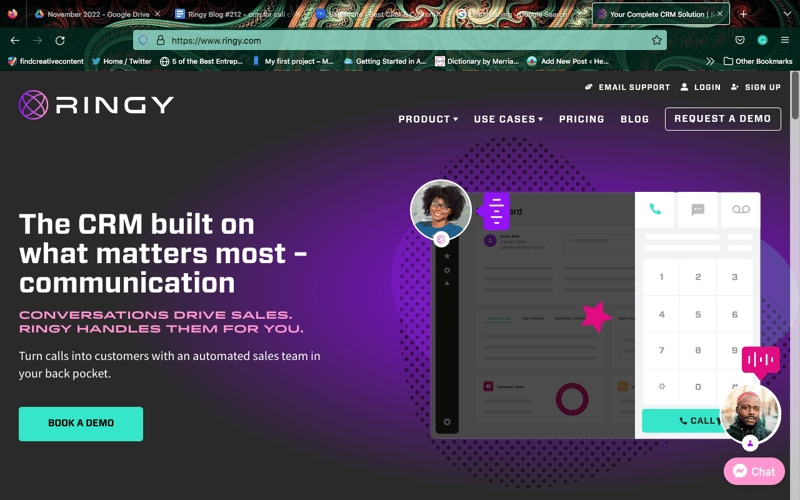
Ringy is a comprehensive lead distribution and sales platform that offers real-time lead routing, customizable routing logic, and seamless integration with lead vendors. With Ringy, you can create custom lead distribution rules based on criteria such as lead source, location, and sales territory. The platform also provides robust lead tracking and analytics tools to monitor lead distribution performance and optimize lead management strategies.
2. HubSpot Lead Routing
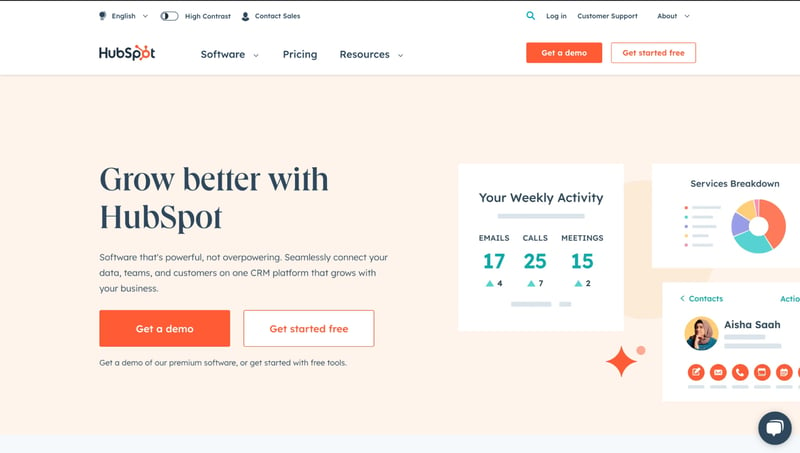
HubSpot's lead routing feature allows you to automatically distribute leads to the right sales representatives based on predefined rules and criteria. HubSpot's CRM platform integrates seamlessly with marketing automation tools, allowing you to track lead interactions across the entire customer journey. HubSpot also provides customizable reporting and analytics to track lead performance and measure sales effectiveness.
3. Zoho CRM
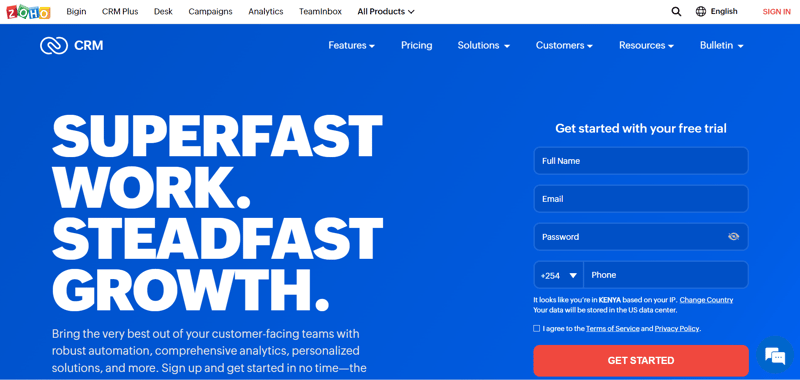
Zoho CRM offers lead distribution features that enable you to automate lead assignment and routing based on criteria such as lead source, geographic location, and sales territory. Zoho CRM integrates with Zoho's suite of business applications, allowing you to streamline lead management and sales processes. The platform also provides reporting and analytics tools to track lead performance and sales pipeline.
4. LeadExec (By Clickpoint)
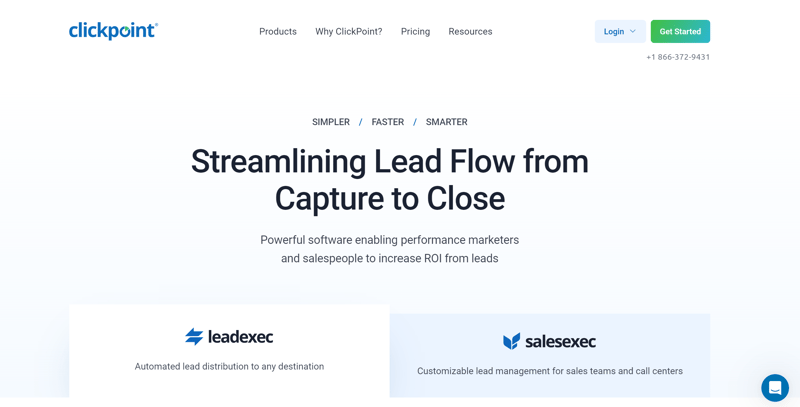
LeadExec is a lead distribution platform that offers advanced lead routing and distribution capabilities. With LeadExec, you can create custom lead routing rules, prioritize leads based on criteria such as lead score and conversion probability, and track lead interactions in real-time. The platform also provides reporting and analytics tools to monitor lead performance and optimize lead management strategies.
5. Marketo
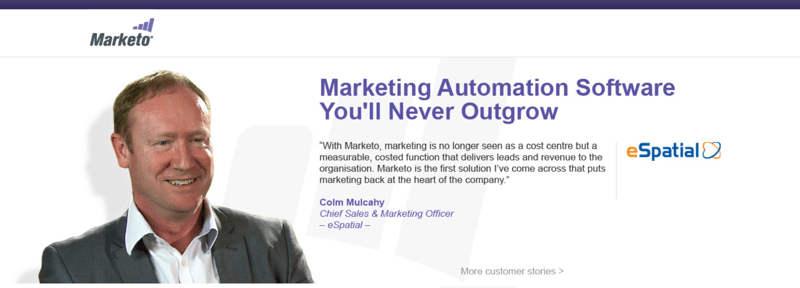
Marketo offers robust lead management and distribution features as part of its comprehensive marketing automation platform. With Marketo, you can automate lead scoring, routing, and assignment based on predefined criteria such as demographics, behavior, and engagement level. The platform integrates seamlessly with CRM systems and other marketing tools, providing real-time visibility into lead interactions and enabling personalized lead nurturing strategies.
6. LeadSquared
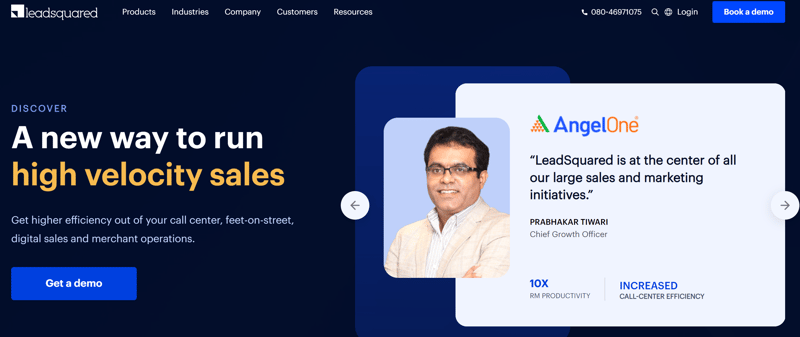
LeadSquared is a versatile lead management solution that includes advanced lead distribution capabilities. With LeadSquared, you can automate lead assignment rules based on criteria such as lead source, geography, and sales territory. The platform offers customizable lead routing workflows, real-time lead tracking, and comprehensive reporting and analytics to optimize lead management processes and drive sales effectiveness.
7. Velocify
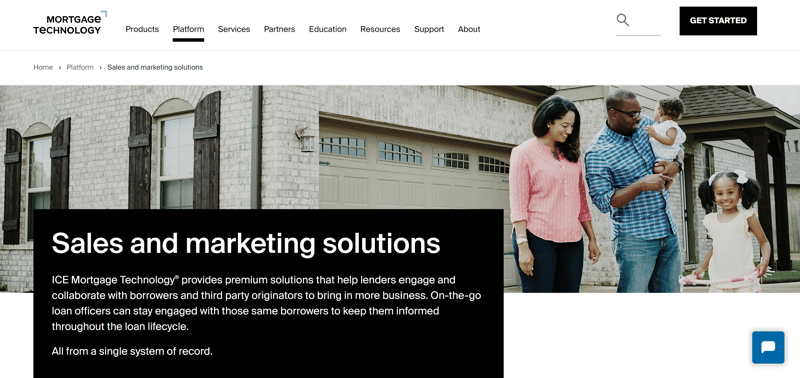
Velocify, now part of Ellie Mae, is powerful real estate lead distribution software that offers advanced lead distribution capabilities. With Velocify, you can automate lead routing based on predefined rules and criteria such as lead source, geographic location, and sales territory. The platform provides real-time lead tracking, prioritization, and assignment, along with customizable workflows and reporting tools to optimize lead management and accelerate sales conversion.
Conclusion
Optimizing lead distribution is crucial for businesses to effectively manage and convert leads into customers. Lead distribution software streamlines the process of capturing, qualifying, and routing leads to the appropriate sales representatives, leading to improved response times, increased conversion rates, and better sales accountability. Whether you choose manual or automated lead distribution, it's essential to consider factors such as real-time synchronization, lead routing rules, integration capabilities, scalability, and ease of use when selecting a lead distribution system. With top recommendations like Ringy, HubSpot Lead Routing, Zoho CRM, and LeadExec, businesses can leverage advanced lead distribution features to enhance their sales operations and drive business growth.
To discover how Ringy can help optimize your lead distribution, reach out to us today for a demo!

Skyrocket your sales with the CRM that does it all.
Calling? Check. SMS? Check. Automation and AI? Check. Effortlessly keep in touch with your customers and boost your revenue without limits.

Take your sales to new heights with Ringy.
Sales in a slump? Ringy gives you the tools and flexibility you need to capture leads, engage with them, and turn them into customers.
Subscribe to Our Blog
Enter your email to get the latest updates sent straight to your inbox!
Categories
Related Articles
























































































